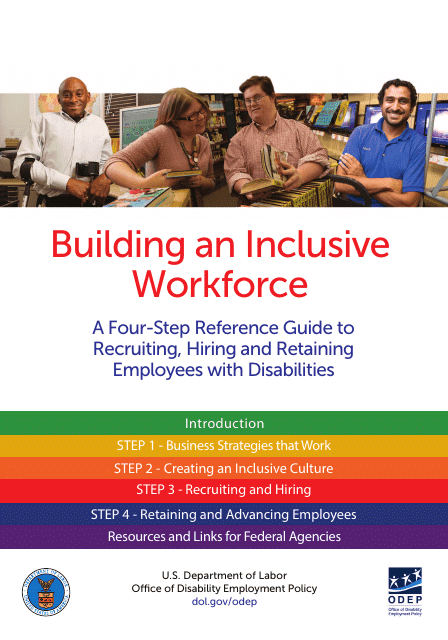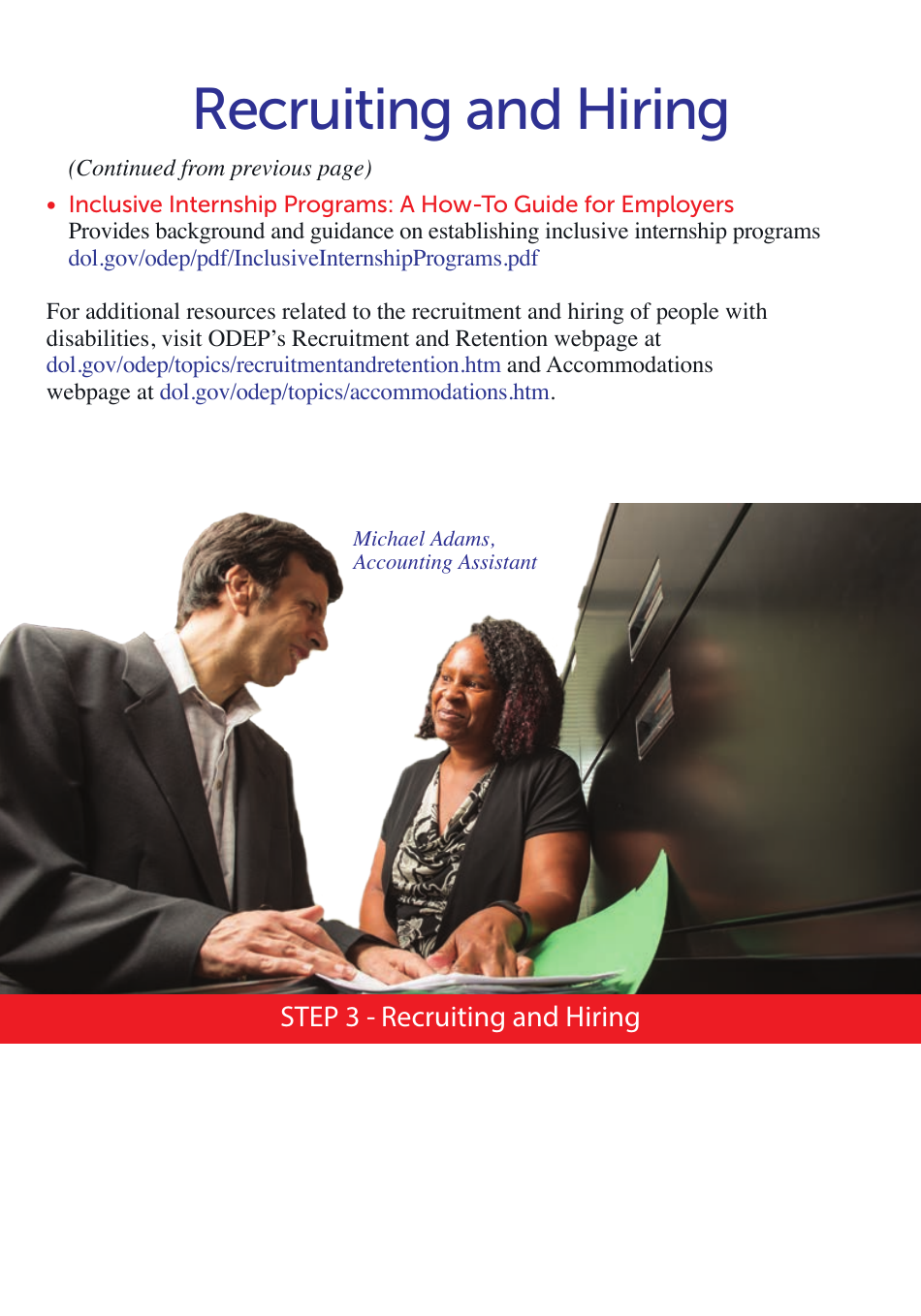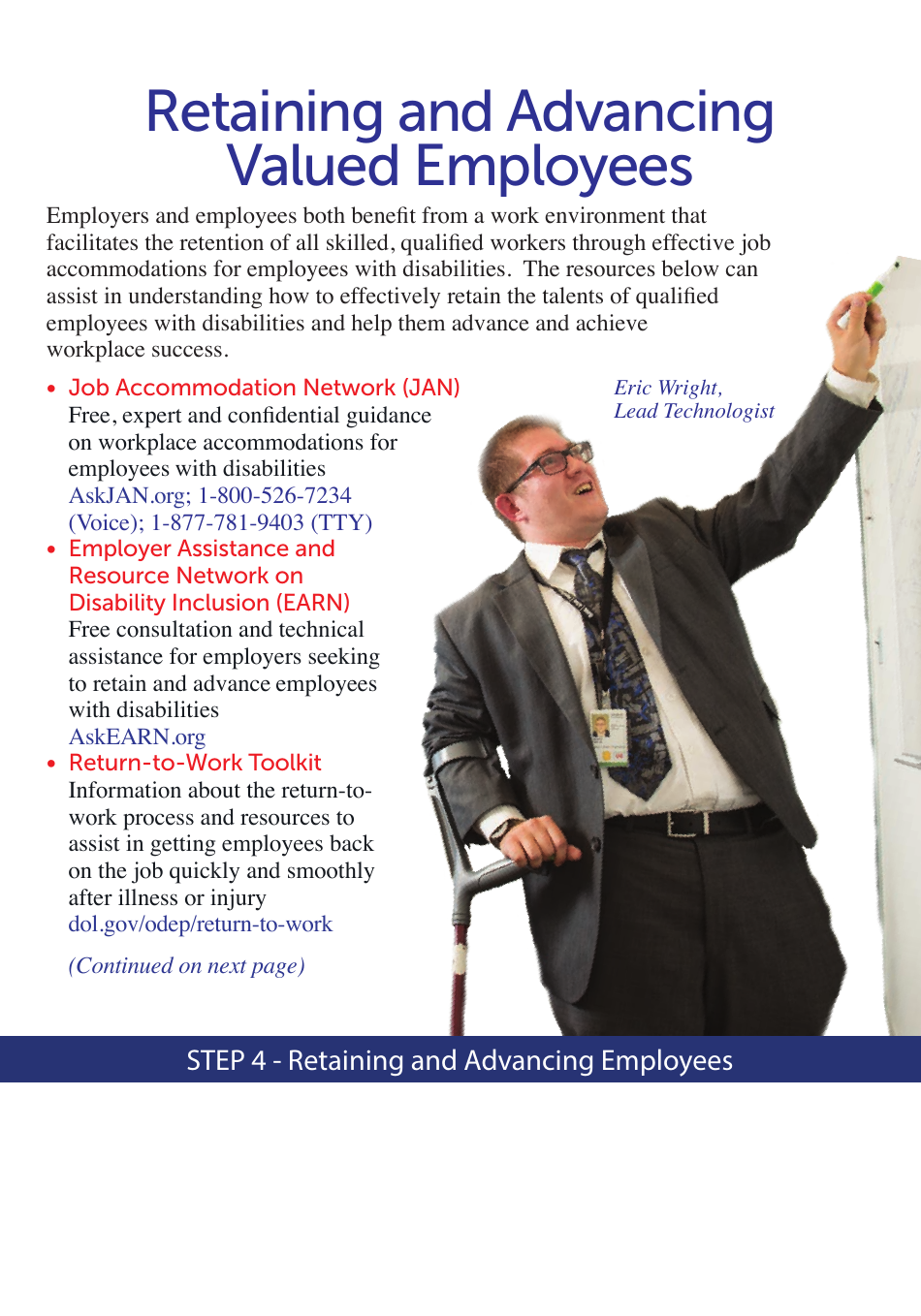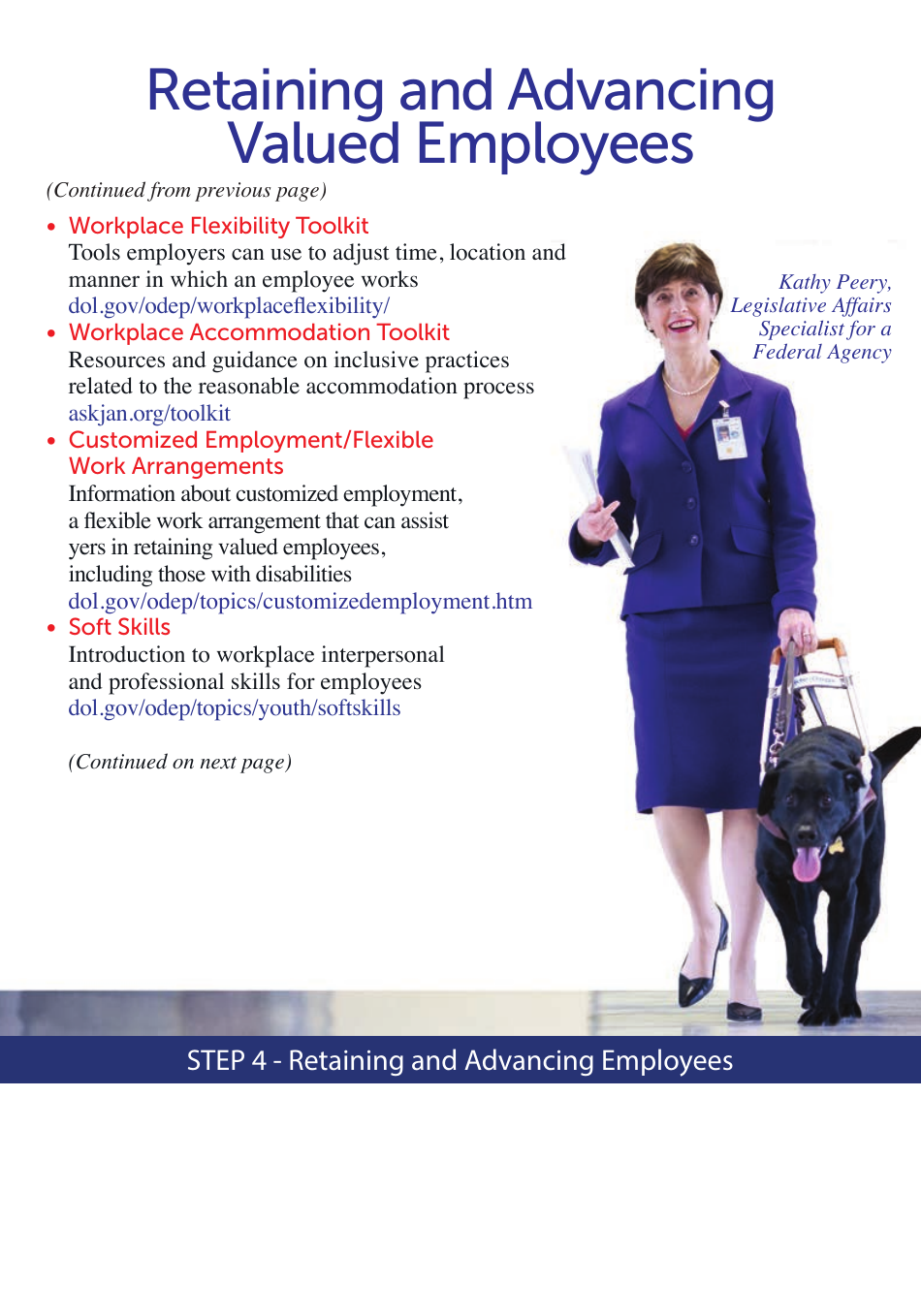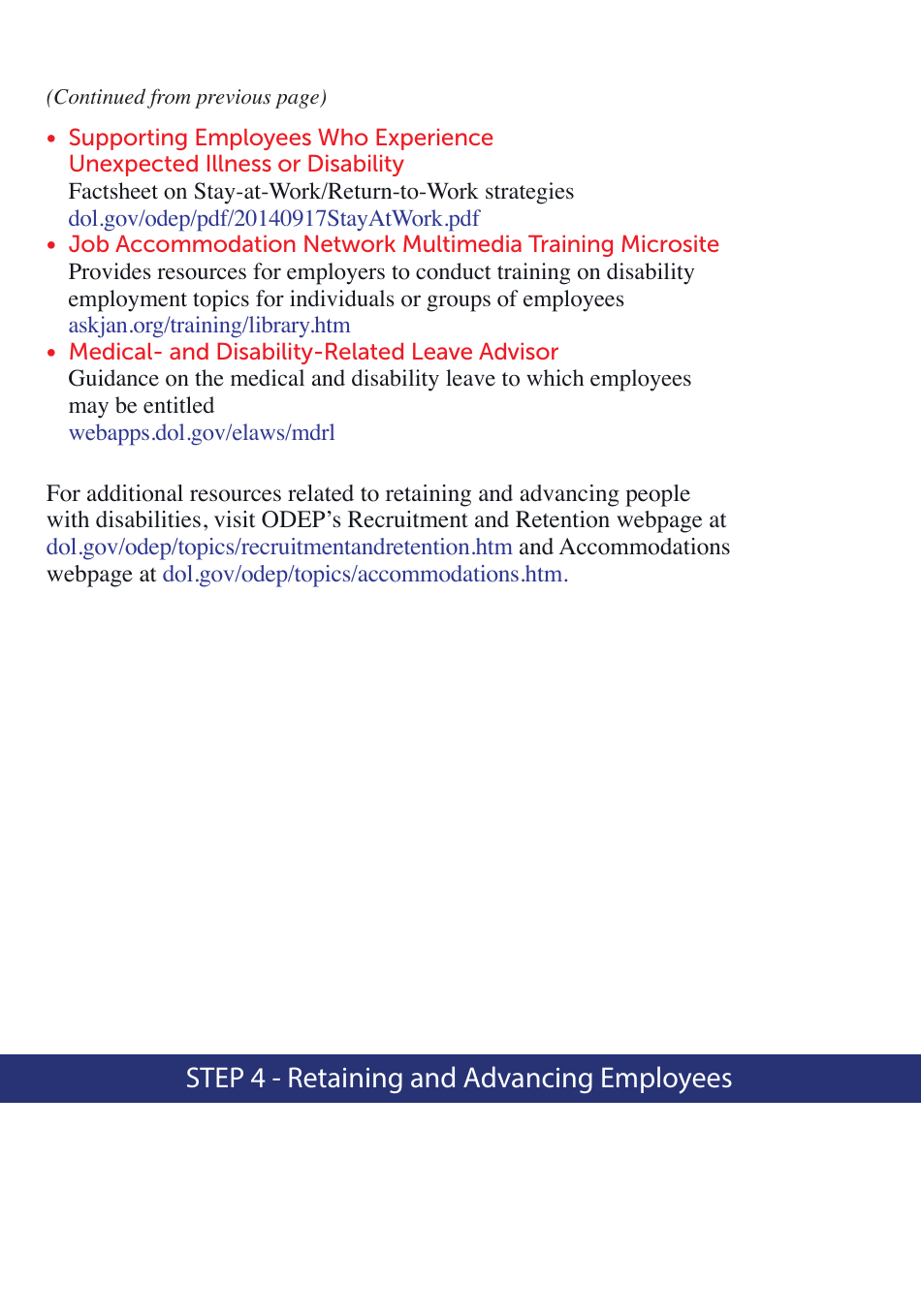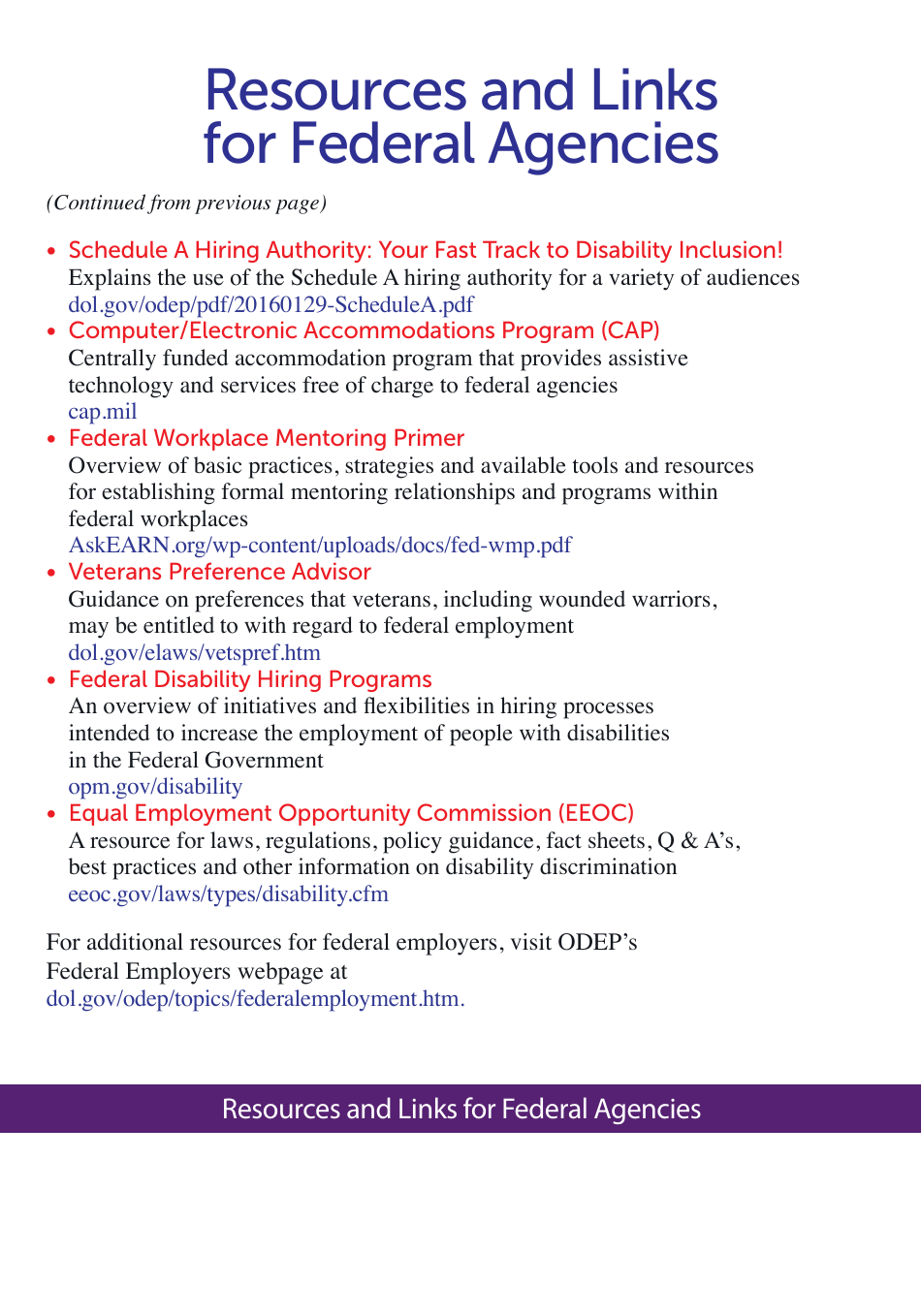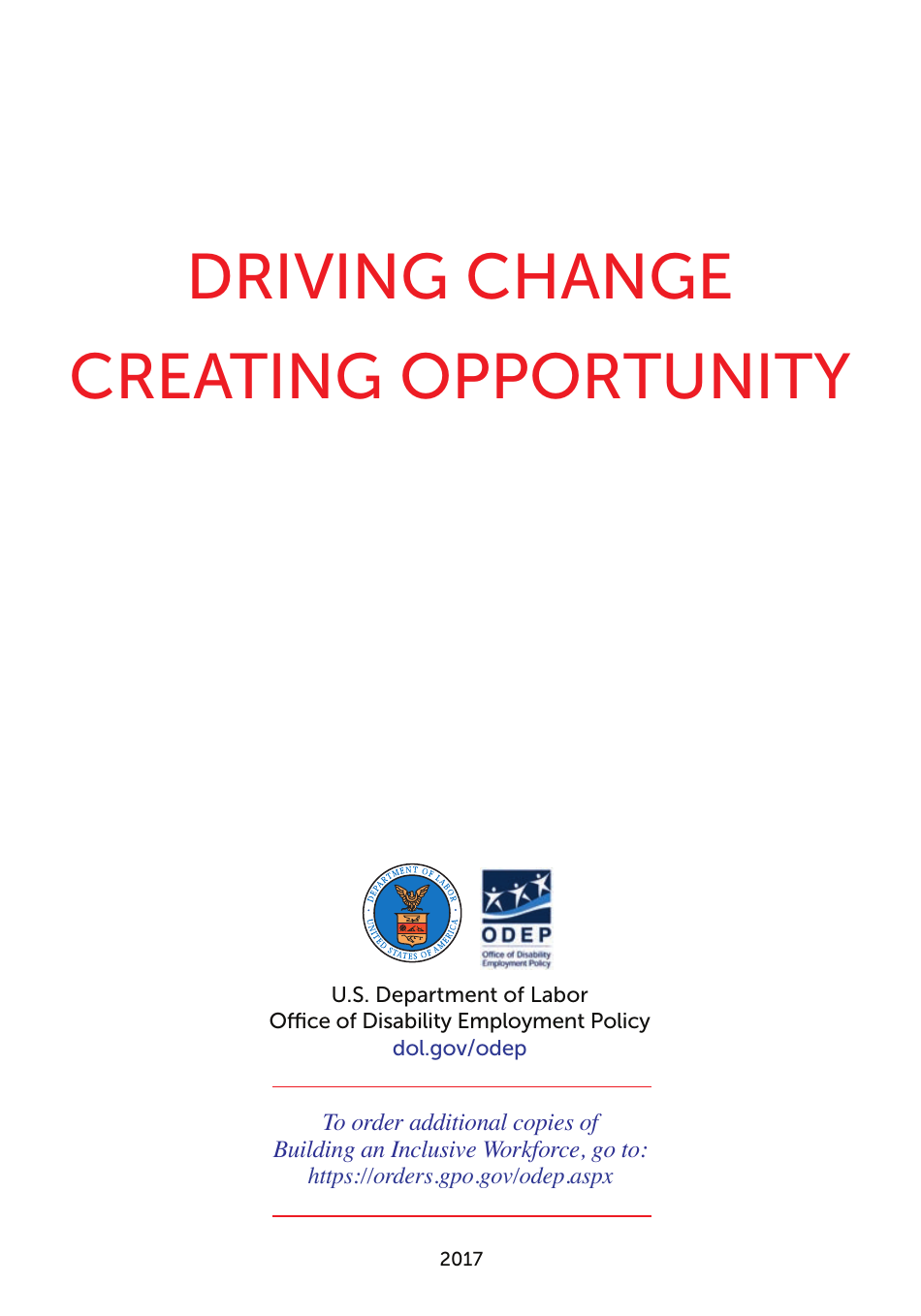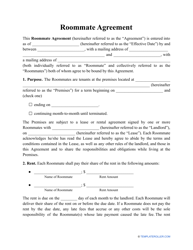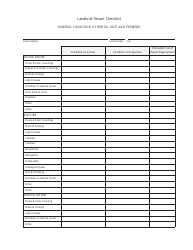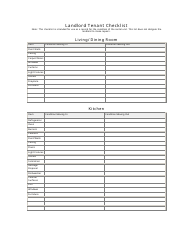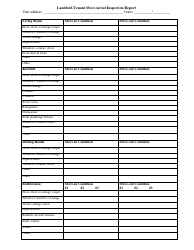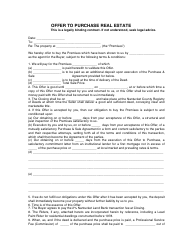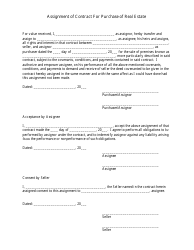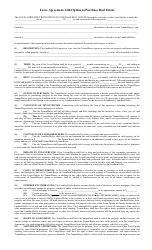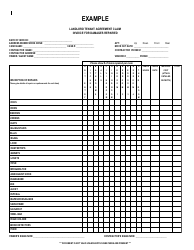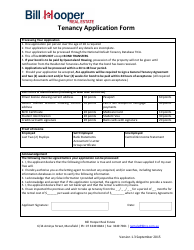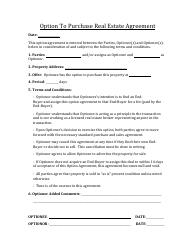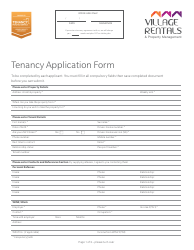Building an Inclusive Workforce: a Four-Step Reference Guide to Recruiting, Hiring and Retaining Employees With Disabilities
Building an Inclusive Workforce: a Four-Step Reference Guide to Recruiting, Hiring and Retaining Employees With Disabilities is a 17-page legal document that was released by the U.S. Department of Labor - Office of Disability Employment Policy and used nation-wide.
FAQ
Q: What is an inclusive workforce?
A: An inclusive workforce is one that welcomes and values employees with disabilities.
Q: Why is it important to have an inclusive workforce?
A: Having an inclusive workforce promotes diversity, enhances productivity, and fosters a more positive work environment.
Q: What is the first step in building an inclusive workforce?
A: The first step is to create an inclusive culture and mindset within the organization.
Q: What is the second step in building an inclusive workforce?
A: The second step is to ensure the accessibility of physical spaces and technologies for employees with disabilities.
Q: What is the third step in building an inclusive workforce?
A: The third step is to implement inclusive recruitment and hiring practices, such as providing reasonable accommodations for job applicants with disabilities.
Q: What is the fourth step in building an inclusive workforce?
A: The fourth step is to provide ongoing support and accommodations for employees with disabilities to ensure their success and retention in the workplace.
Q: What are the benefits of hiring employees with disabilities?
A: Hiring employees with disabilities brings unique perspectives and talents, increases innovation, and can attract a larger customer base.
Q: What are some examples of reasonable accommodations for employees with disabilities?
A: Examples of reasonable accommodations include assistive technologies, flexible work schedules, accessible facilities, and communication supports.
Q: What laws protect the rights of employees with disabilities?
A: The Americans with Disabilities Act (ADA) and the Canadian Human Rights Act (CHRA) are two laws that protect the rights of employees with disabilities.
Form Details:
- The latest edition currently provided by the U.S. Department of Labor - Office of Disability Employment Policy;
- Ready to use and print;
- Easy to customize;
- Compatible with most PDF-viewing applications;
- Fill out the form in our online filing application.
Download a printable version of the form by clicking the link below or browse more legal forms and templates provided by the issuing department.
